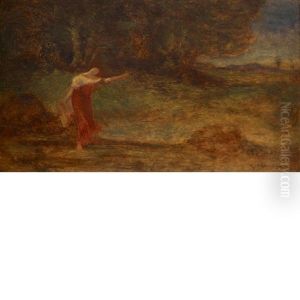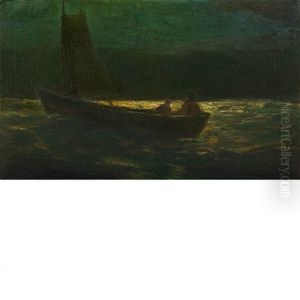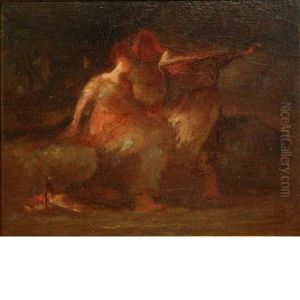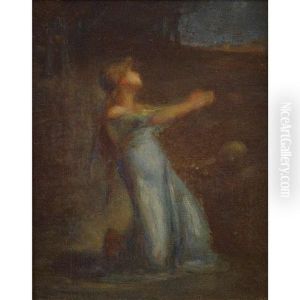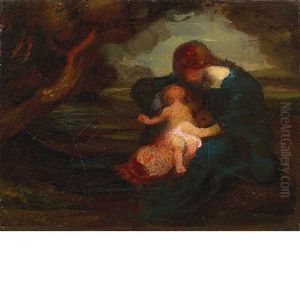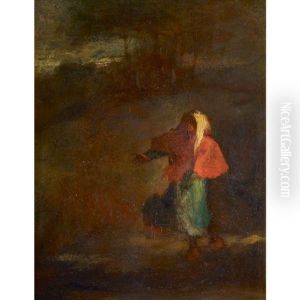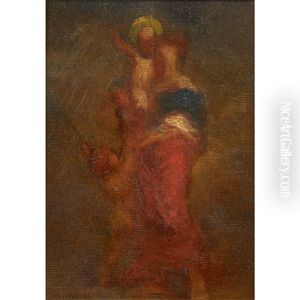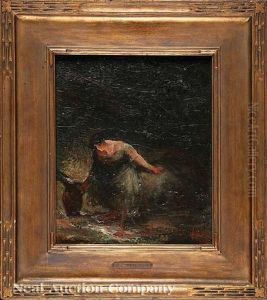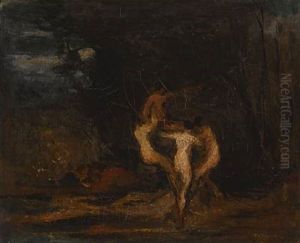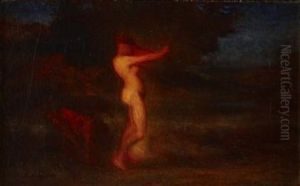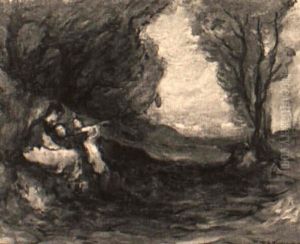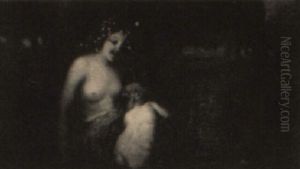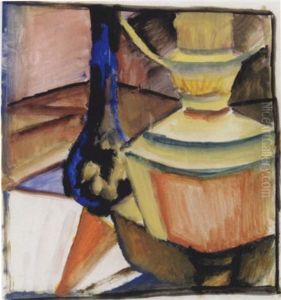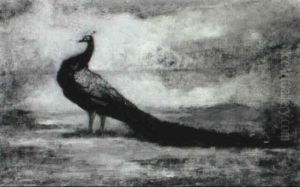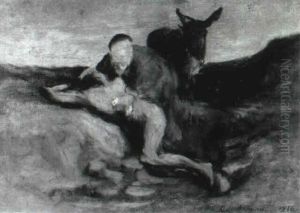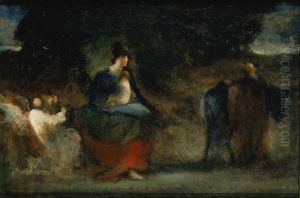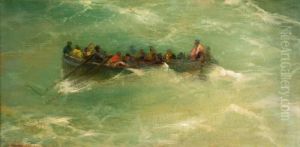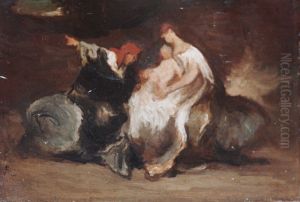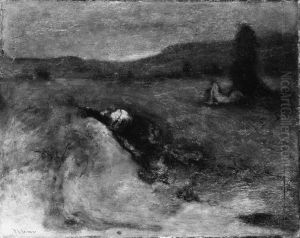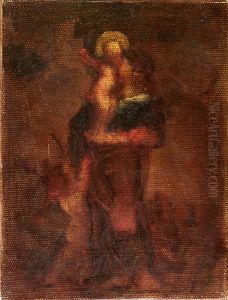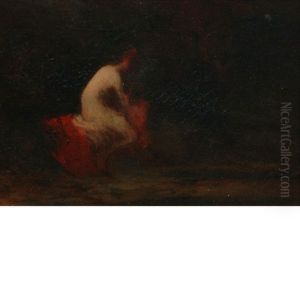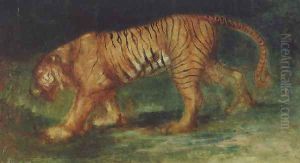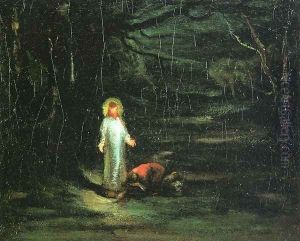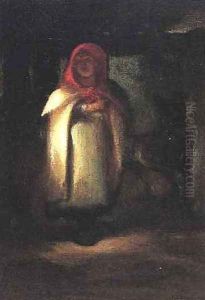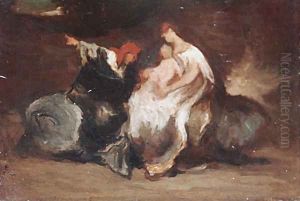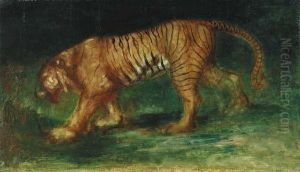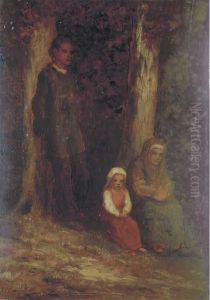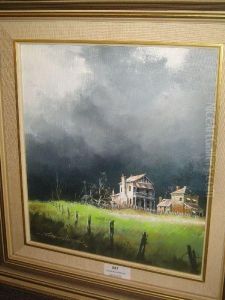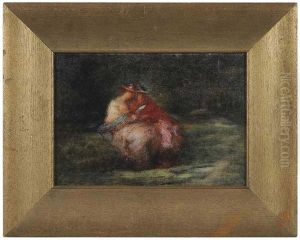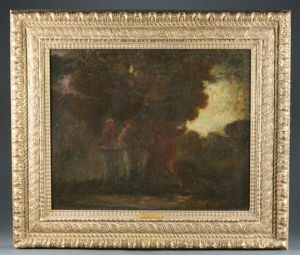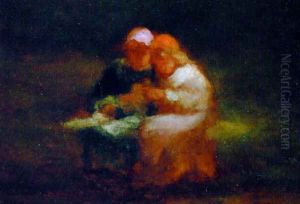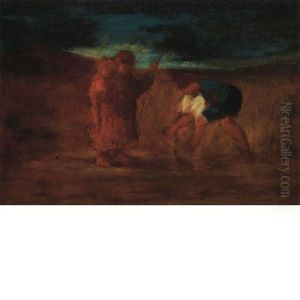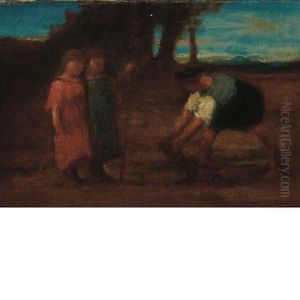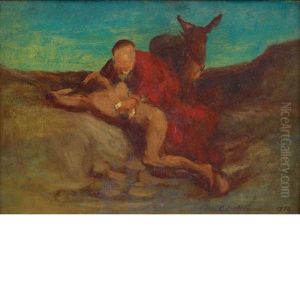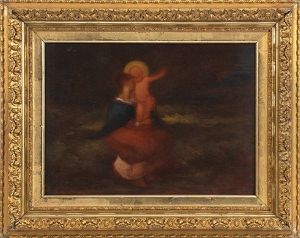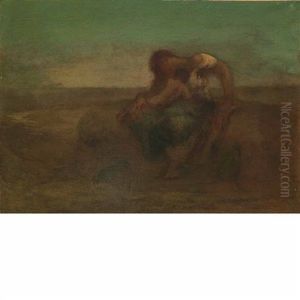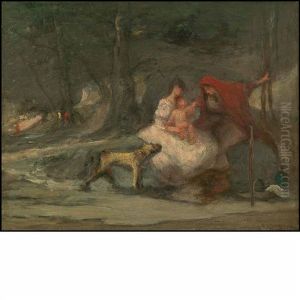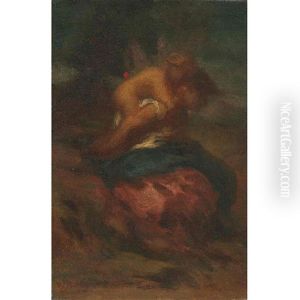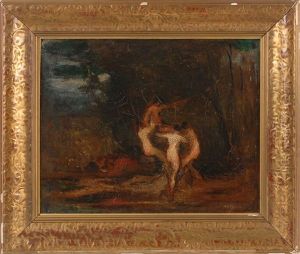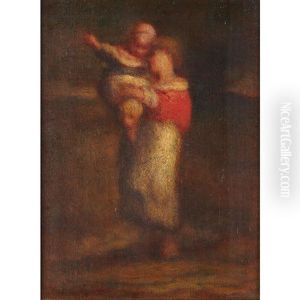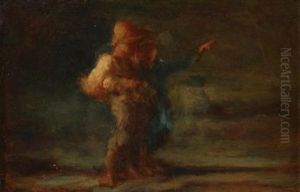Robert Loftin Newman Paintings
Robert Loftin Newman was an American artist known for his innovative approaches to painting and his individualistic style. He was born on November 10, 1827, in Richmond, Virginia. Newman's early life was not one of privilege, and he faced many adversities, including the loss of his father at a young age. Despite these challenges, he developed a deep passion for art and pursued his ambitions with great dedication.
Newman started his art education under the tutelage of a sign painter in his hometown and later continued studying art in New York City, where he attended the National Academy of Design. He did not conform to the strict academic standards of the time, which led him to seek inspiration elsewhere. His work was influenced by the Romanticism movement, and he was known to integrate elements of mysticism and symbolism in his paintings, which set him apart from many of his contemporaries.
Throughout his career, Newman struggled with financial stability but continued to be devoted to his craft. He spent a significant amount of time in Europe, particularly in France, where he was influenced by the Barbizon School and the works of Gustave Courbet. Upon returning to the United States, he settled in New York City, where he became associated with the circle of artists, writers, and intellectuals centered around the Tenth Street Studio Building.
Despite not achieving widespread fame during his lifetime, Newman's work was admired by a small group of patrons and fellow artists. He was known for his landscapes, religious themes, and portrait paintings. His style was marked by a moody atmosphere, subdued color palette, and often spiritual or introspective subjects. Today, Newman's paintings are considered significant for their emotional depth and their departure from the conventional artistic narratives of his time.
Robert Loftin Newman continued to paint until his later years, and he remained a somewhat enigmatic figure in the art world, appreciated more after his death than during his lifetime. He passed away on March 31, 1912, in New York City. Posthumously, his work has been recognized for its originality and has been featured in various exhibitions, securing his place in the history of American art as a unique and visionary artist.

